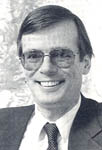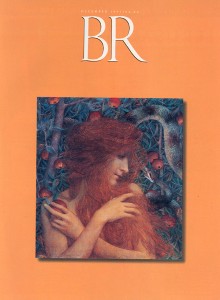The Uses and Abuses of Heresy
Heresy is inevitable—and useful to religious traditions.

Thirty years ago heresy was not a fit topic for polite or ecumenical conversation. But since the 1971 English translation of Walter Bauer’s Orthodoxy and Heresy in Earliest Christianity (Fortress Press; originally published in German in 1934), the study of heresy has made a comeback and even achieved political correctness in the ’90s. A number of collections has made the subject of heresy available for easy reading and study.1
Ironically, heresy depends on orthodoxy for its existence. Usually a powerful majority affirms its own authoritative truth by declaring the views and practices of a dissenting minority deviant. Once upon a time heretics were the “bad guys” of the Christian tradition (and, to a lesser extent, of the Jewish tradition, which has a less centralized administration). Modern historians, however, assess heretics with dispassion and detachment. Religious communities always have groups within them that espouse outlooks and behaviors that deviate from the majority view. Even more strikingly, societies switch the labels “orthodox” and “heretic” as compromises reunite groups, shifts in power marginalize once dominant authorities and intellectual trends redefine contentious points of practice and thought. In the end, orthodoxy and heresy depend on one another for their form, boundaries and vigor.
Already a library member? Log in here.
Institution user? Log in with your IP address.

